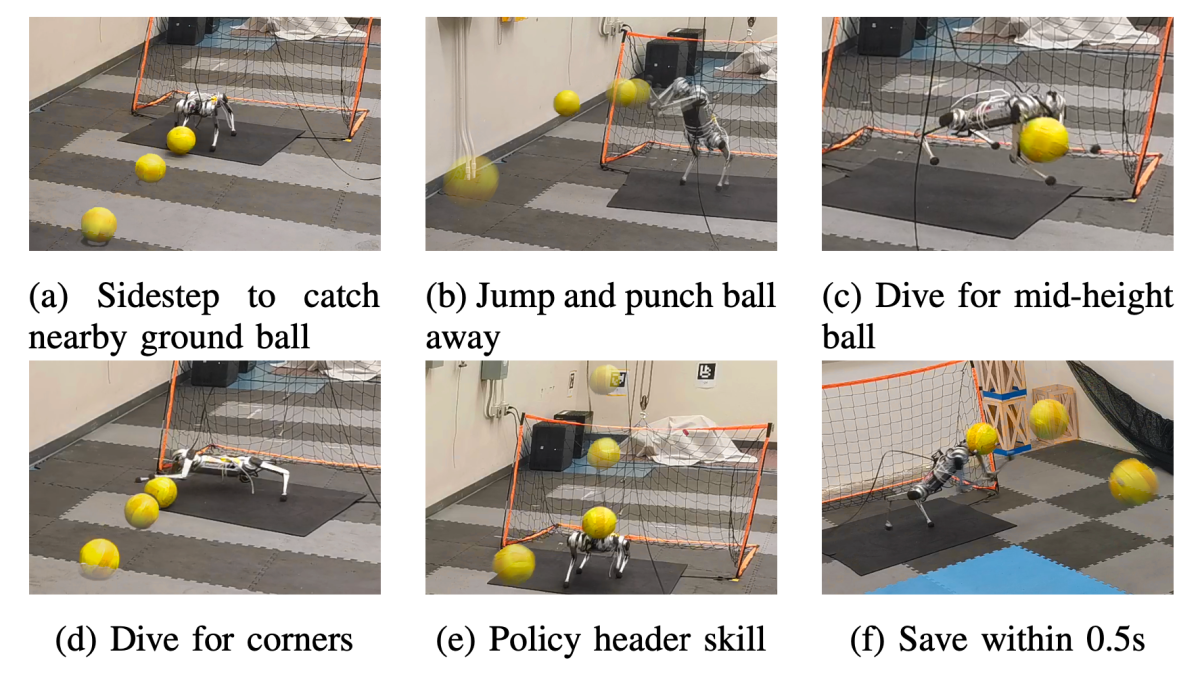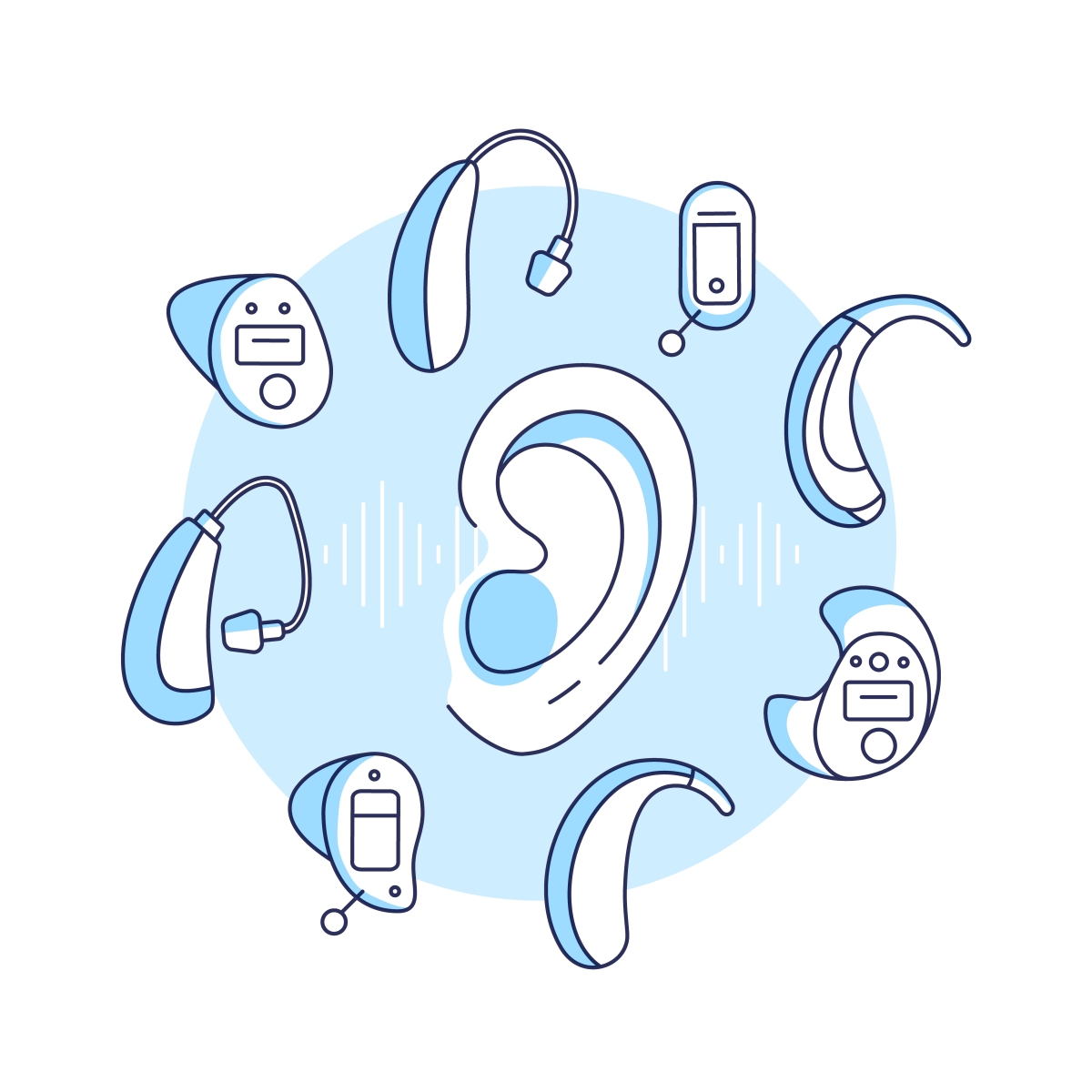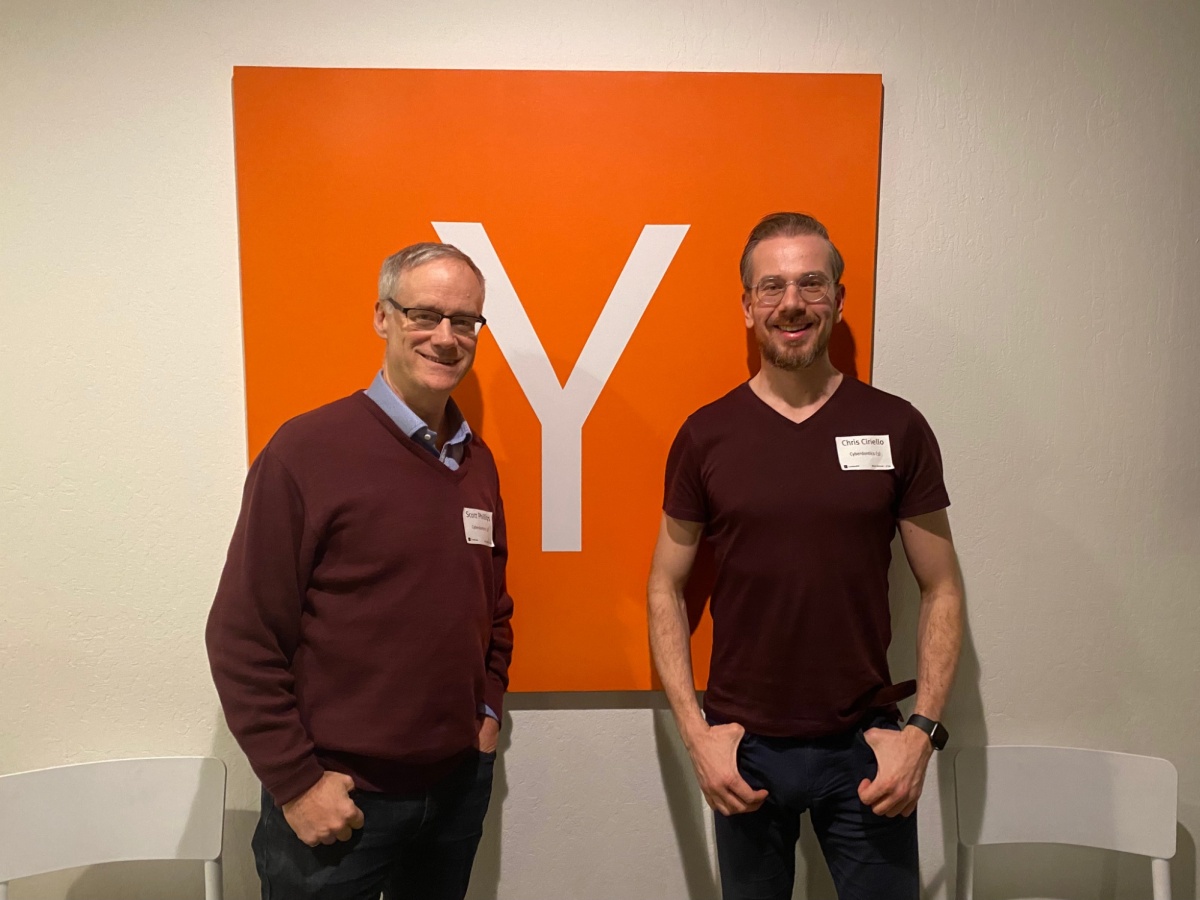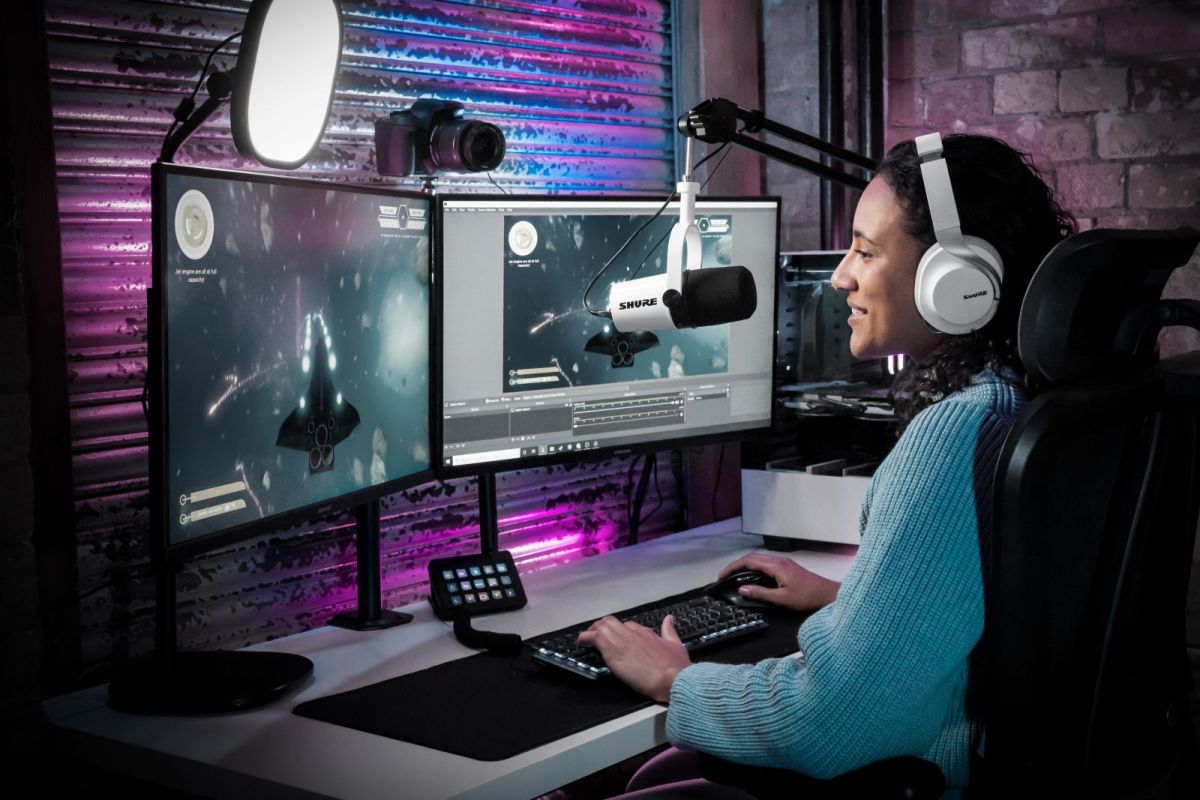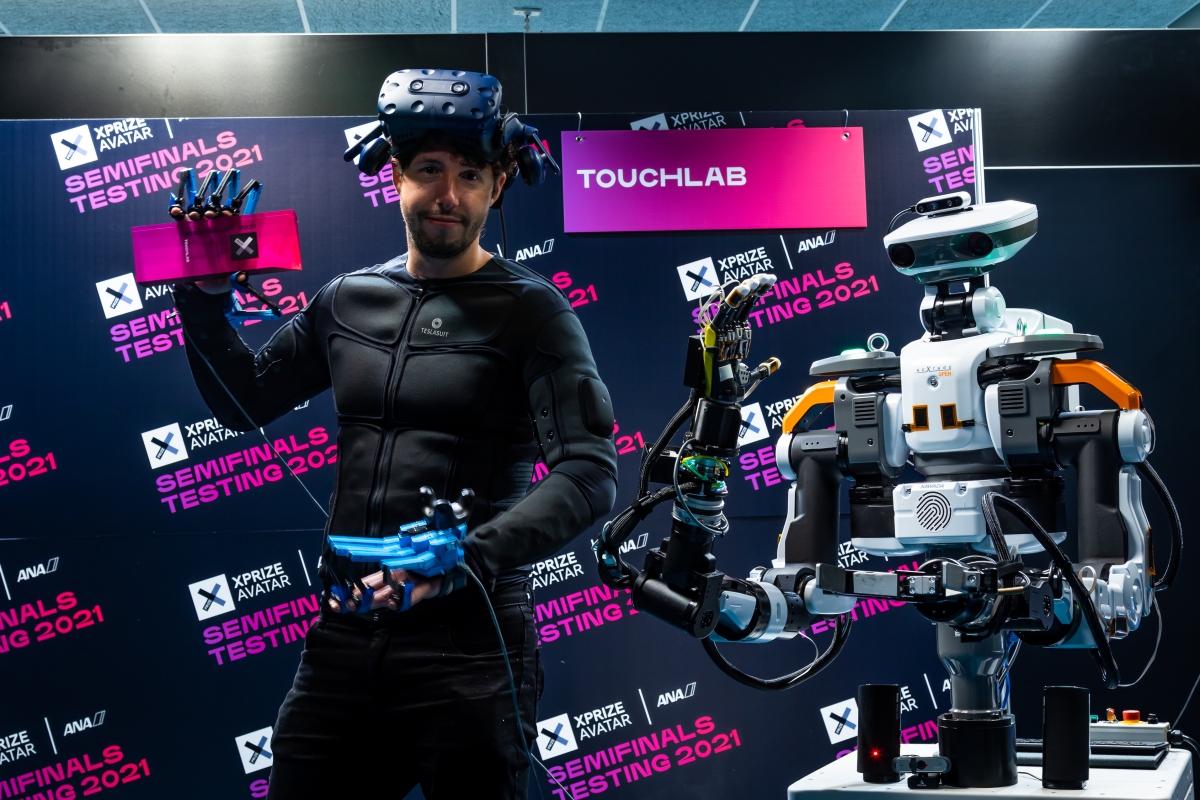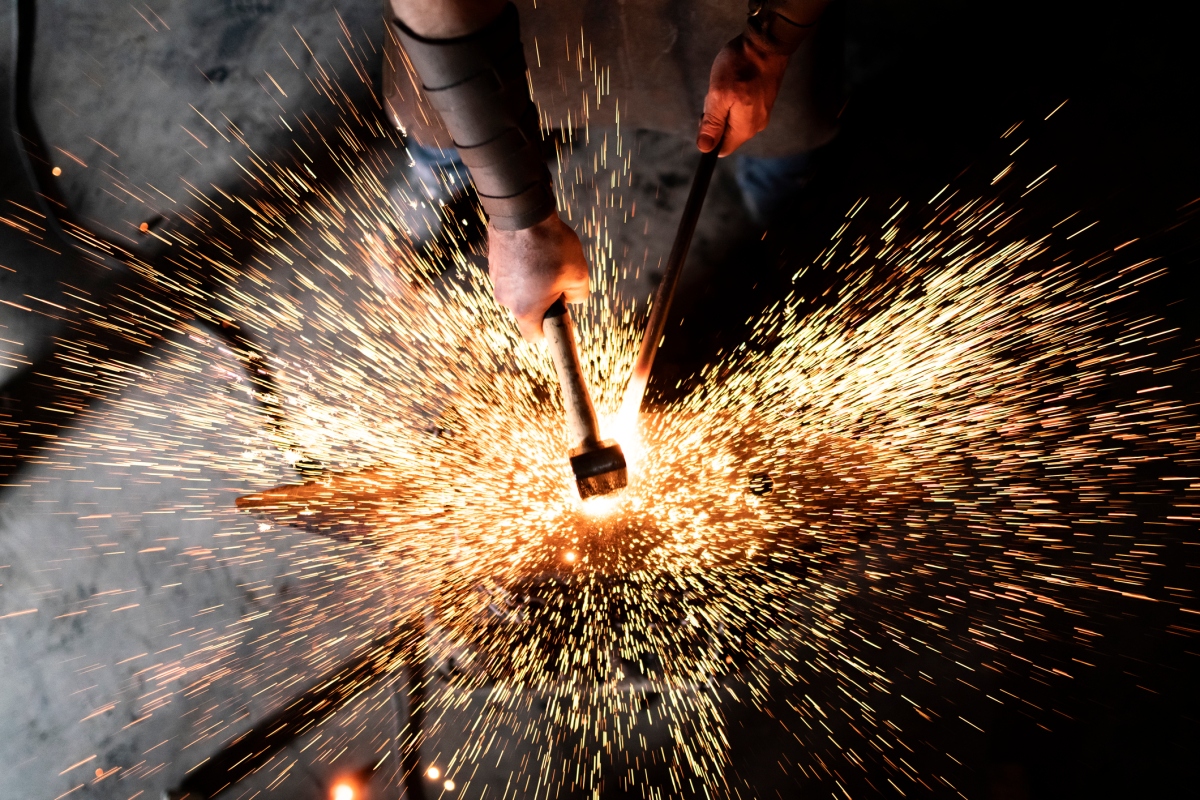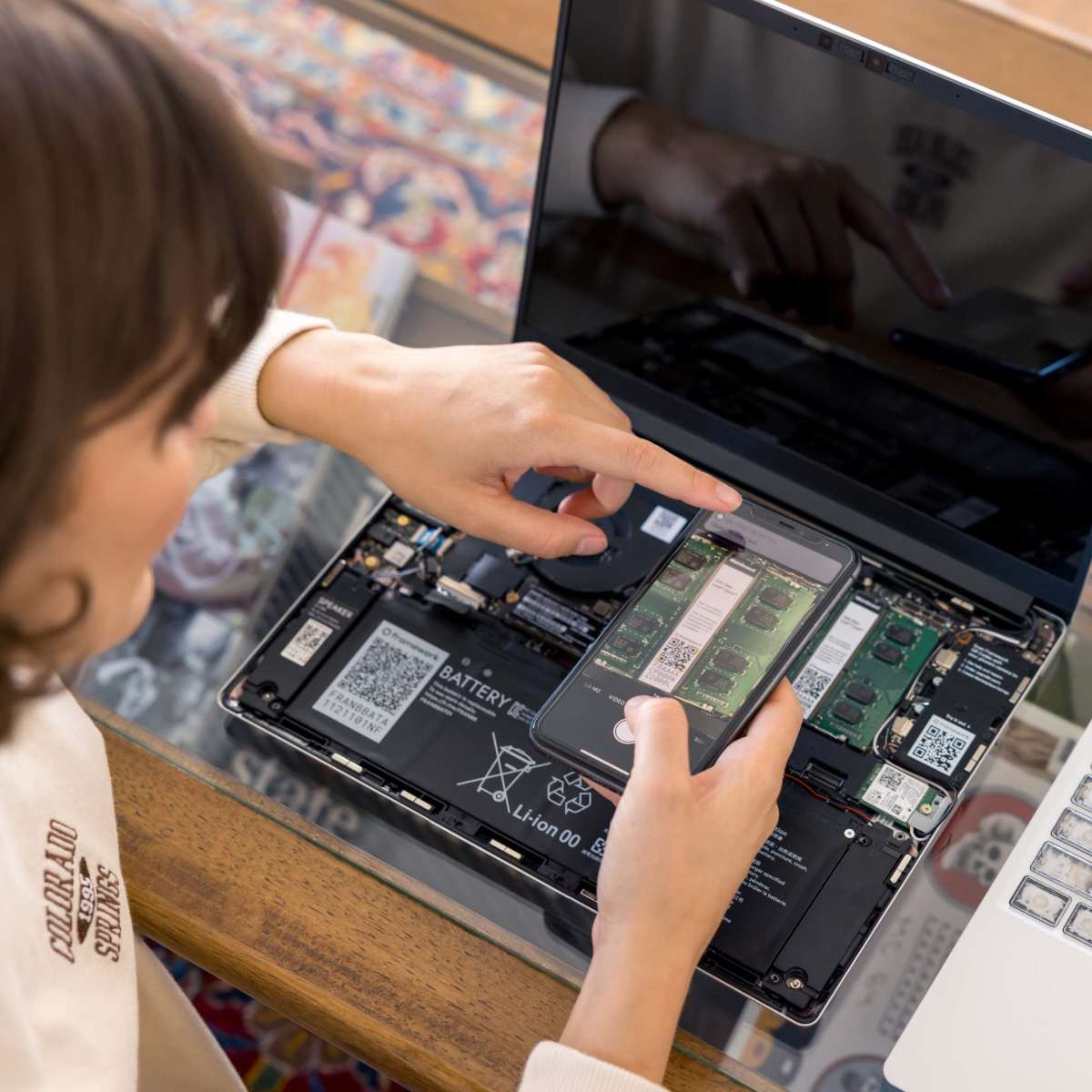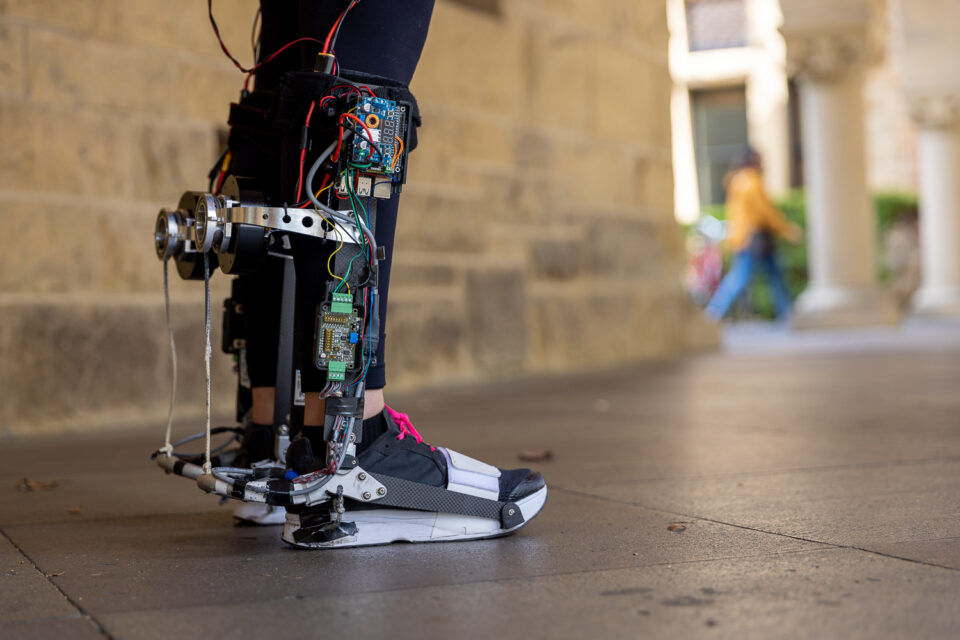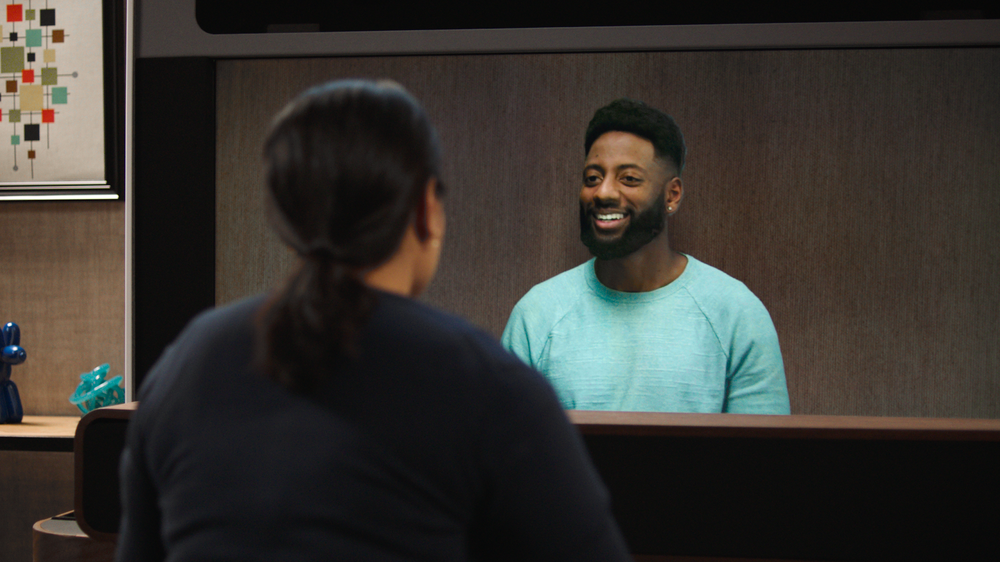Around late-September/early-October each year, I get a Slack message from Greg asking whether I’m interested in writing a gift guide (or two). “Sure,” I say, never anticipating just how much of a slog the next two months are going to be for hardware news/reviews. Putting together a roundup like that has the decided benefit of forgetting what a pain the whole thing can be. I used to write a “Best Gifts for Travelers” each year. And then this global pandemic thing happened, at which point I shifted to “Best Gifts for Working from Home.” Fittingly, this year I’ve committed myself to both, as myself and others semi-cautiously reenter the world. My process for putting these together is getting in whatever potential products I can get my hands on. It’s easier said than done sometimes, but an important part of recommending products is actually trying them yourself. I know it sounds straightforward, but you’d be surprised. The past few years have been a bit of a quiet revolution for teleconferencing. Some folks are perfectly content using their computers’ built-in camera and microphone, be it for the sake of simplicity or price. Honestly, that’s fine for like 99% of the people 99% of the time. I had my hand forced on both of these things for two reasons. First, I review gadgets for a living. Second, I’ve been hosting a podcast for just under 10 years and the pandemic required a shift from in-person to remote. For a variety of reasons, I haven’t gone back. I’ve written about my in-person mobile podcasting setup in these pages a number of times. It was the result of several years of refinement through trial and error. Putting together my at-home setup hasn’t been all that different, honestly. In particular, I’ve gone through a number of different USB mics. If I had more money and time, I’d probably have a more professional auto interface with a proper XLR microphone. My level of commitment has, instead, been seeking out my platonic ideal USB microphone. Up to now, I’ve been happily recommending the Audio Technica ATR2100-USB. It’s a great-sounding, directional stick mic, with both a USB-C and XLR input that’s not dissimilar from the sort I used for face-to-face interviews. I’m partial to directional microphones for a number of reasons, and have long thought they ought to be the industry standard, particularly for beginners. Here’s the dirty little secret in all of those: You can get pretty good sound from most USB mics over $100 (and several below), but the interface is almost intentionally difficult. Many of these microphones feature three, four or five directional settings. Beginners will almost invariably choose the wrong one, accidentally turn the gain up full force and wind up sounding worse than they would have with a pair of earbuds or a default system microphone. The ATR2100-USB fixed that with simple, out of the box setup. But the Shure MV7 takes things even further. The design looks like a more compact version of the legendary studio/podcasting SM78. I’m not going to say it sounds as good as a proper studio mic with a proper studio interface, but I will say I doubt most people would be able to pick out the difference. The MV7’s sound is rich, full and warm — everything you want out of a vocal mic. Like the ATR2100-USB, it sports both an XLR and USB-C output. Given how good it sounds, however, I don’t feel any need to switch to the former. Also like the Audio Technica system, it just works. Plug it in, make sure your software is accessing it and you should be good. Better still, there’s a touch panel with green lights that lets you adjust the volume on the fly. There’s also a headphone input if you want to monitor your voice in real time through the mic. A few downsides. First is price. At $250, you can get a good mic at half the price. This, however, is a great mic. If sound is important to you, splurge a little. Second has more to do with the directional design. If you absentmindedly shift a lot in your seat while speaking, this might not be the mic for you. I do that sometimes, and I’m just trying to force myself to be more mindful of those movements. Third, it’s fairly heavy. If it’s just going to live on your home desk, no biggie. It mounts on either a mic stand (I have a small one I use) or an arm. For an additional $20, the company will toss in a mini tripod. If you plan to take it on the road, it could be a bit more of an issue, but it’s far from a dealbreaker, especially given the small size (just remember to pack a stand). I’ve been recording episodes of my podcast exclusively on the MV7 and haven’t looked back since.
